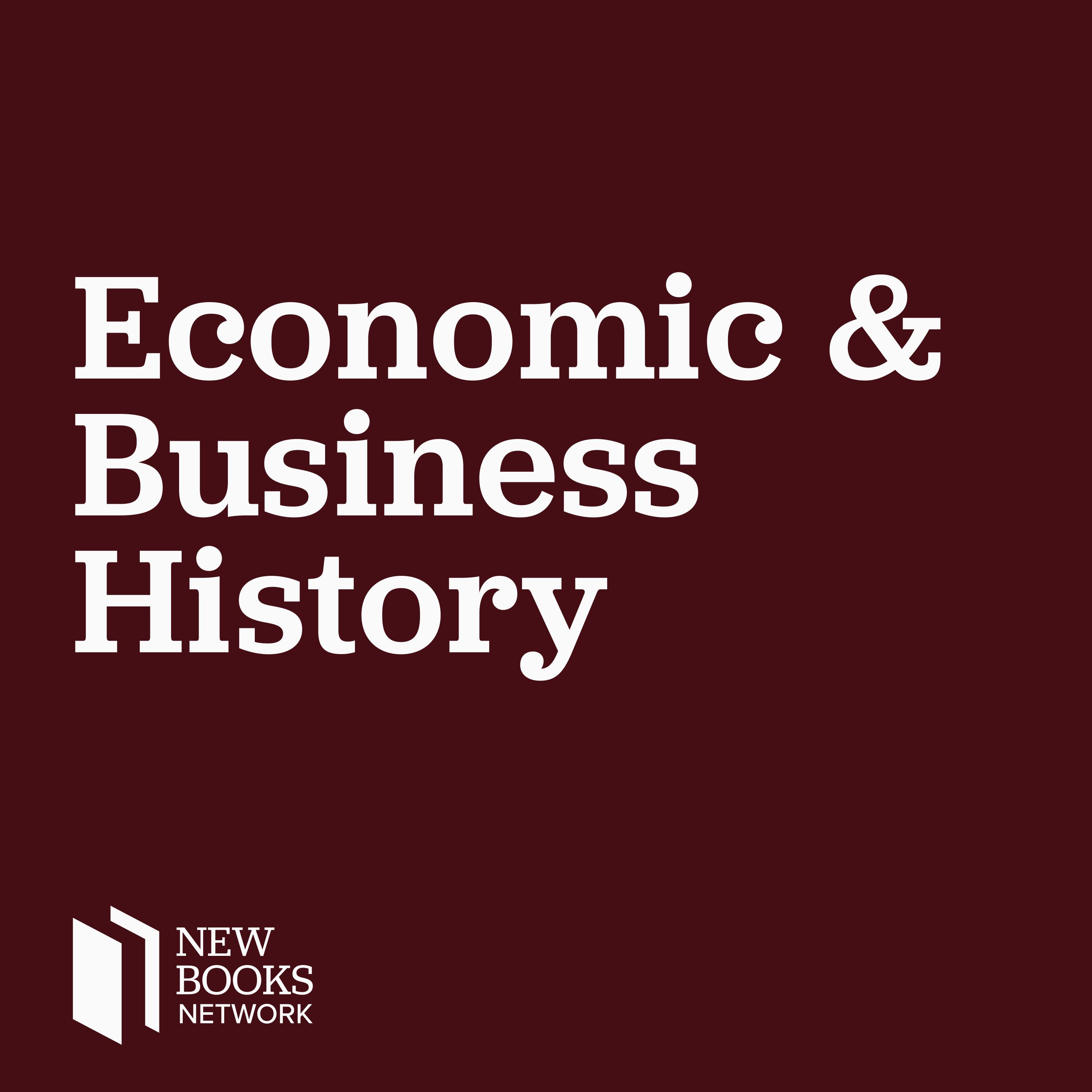
Richard D. Oram, "Where Men No More May Reap Or Sow: The Little Ice Age: Scotland 1400-1850" (Birlinn, 2024)

New Books in Economic and Business History
Shownotes Transcript
Drawing together the evidence of archaeology, palaeoecology, climate history and the historical record, this first environmental history of Scotland explores the interaction of human populations with the land, waters, forests and wildlife.
Where Men No More May Reap or Sow: The Little Ice Age: Scotland 1400–1850 )(Birlinn, 2024) by Dr. Richard D. Oram spans 450 years that saw profound transformation in Scotland’s environment. It begins in the fifteenth century, when the ‘Golden Age’ of the early 1200s was but a fading folk memory in a land gripped by the gathering grimness of a ‘little ice age’. Colder, wetter, stormier weather became the new normal, interspersed with brief episodes of warmer but still moist conditions, all of which brought huge challenges to a society on the knife-edge of subsistence.
Viewing the religious and political upheavals of the sixteenth and seventeenth centuries against the cycles of disease and dearth that were ever-present into the later 1700s, the book explores the slow adoption and application of the ideas of ‘Improvement’ and the radical disruption of Scotland’s environment that ensued. Reformation, revolution and rebellion were the background noise to efforts to subsist and succeed through a hostile age, in which Scotland’s environment was an adversary to be tamed, mastered and made ‘polite’. As the last, bitter decades of the ‘little ice age’ were ground out in foreign wars, forced clearances and potato famines, Scotland prepared itself to embrace the Industrial Age.
This interview was conducted by Dr. Miranda Melcher whose* new book*)* focuses on post-conflict military integration, understanding treaty negotiation and implementation in civil war contexts, with qualitative analysis of the Angolan and Mozambican civil wars.*
Learn more about your ad choices. Visit megaphone.fm/adchoices)